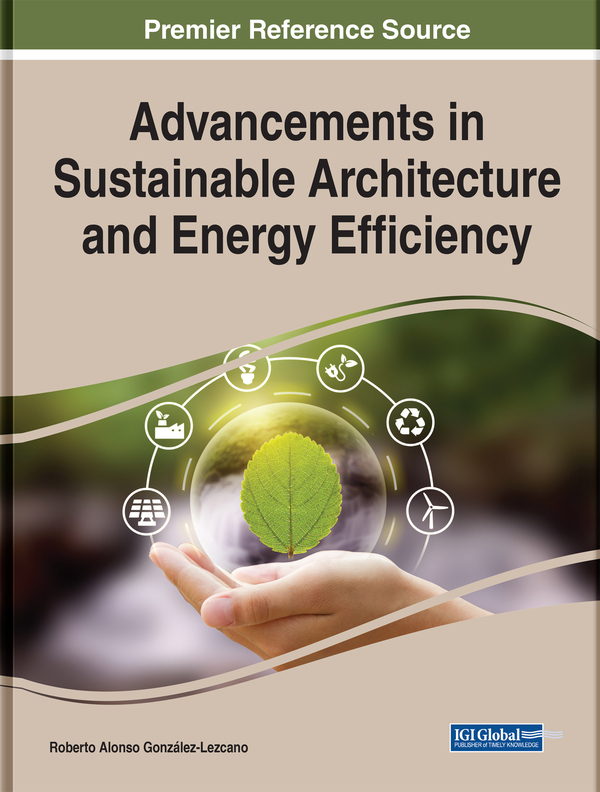- 丛书名 : Practice, Progress, and Proficiency in Sustainability
- 中图分类号: TU
- 语种: ENG
- 出版信息: IGI Global 2021 357页
- EISBN: 9781799870258
- PISBN-P: 9781799870234
- 原文访问地址:
KG评星
知识图谱评星,是一种基于用户使用的评价体系,综合图书的评论数量、引文数量、Amazon评分以及图谱网络中节点的PageRank值(即考虑相邻节点数量和重要性)等多种因素计算而得出的评价数值。星级越高,推荐值越高。CAT核心级
核心学术资源(CAR)项目作为教图公司推出的一项知识型服务,旨在打造一套科学、有效的图书评价体系,并协助用户制定相应的馆藏建设方案。CAR项目调查和分析12所世界一流大学的藏书数据,以收藏学校的数量确定书目的核心级,核心级越高,代表书目的馆藏价值越高。选取核心级在三级以上,即三校以上共藏的图书作为核心书目(CAT)。Thermal comfort and indoor air quality (IAQ) issues have gained significant interest in the scientific and technical community involved in building performance analysis and other related subjects. In terms of thermal comfort, the achievement and maintenance of a thermally acceptable indoor environment is affected by energy costs, and energy poverty is a widespread problem globally. There is a call for energy-efficient architecture for a developed and sustainable world. However, with the use of renewable energy that increased considerably in recent years, new technical challenges arose for the energy sector. Consumers are key players in this context, as flexibility in demand is crucial to cope with the intermittent nature of most renewable energy sources. Active demand-side participation is particularly important to ensure the efficient use of locally and globally available energy. Sustainability, human comfort, and healthy living environments have become top priorities. Advancements in Sustainable Architecture and Energy Efficiency explores how housing is a key health factor for individuals and looks at factors such as air quality, ventilation, hygrothermal comfort, lighting, physical environment, building efficiency, and other areas as important pieces in healthy architecture. It discusses how the poor application of these parameters can directly affect human health and how sustainable architecture provides a solution. Beyond just labeling the important facets of architecture for healthy living, this book will look at different perspectives of energy consumption and demand to ensure sustainable energy, increased energy efficiency, improved energy policies, and reasonable energy costs for homes. This book is ideal for architects, designers, engineers, energy engineers, environmental scientists, practitioners, researchers, academicians, and students interested in architecture that is both conducive to healthy living and energy efficiency.







 京公网安备 11010602104826号
京公网安备 11010602104826号
